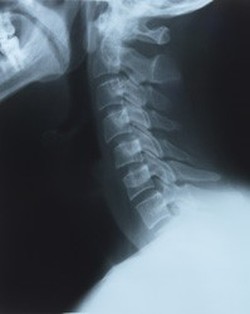
It goes by different names: Subluxation, Vertebral Subluxation, Vertebral Subluxation Complex or simply Nerve Interference. Regardless of its name, it’s probably new to you. Turns out, chiropractors are the only licensed professionals who know how to detect and reduce it. But what exactly is it?
Subluxations occur when spinal vertebrae lose their normal motion or position. This can irritate nearby nerves that pass out from the spinal column to organs and tissues of your body.
Because nerves carry messages between your brain and your body, controlling and regulating everything, subluxations are very important!
There are three main causes:
- Physical causes, such as a car accident, a slip or fall, a sports injury, repetitive movements, improper lifting, inadequate sleep and bad posture.
- Emotional causes, such as grief over the death of a loved one, anger and other negative emotions that affect muscle tone can produce a burden on your body.
- Chemical causes, that may result from poor nutrition, smoking, alcohol and substance abuse and toxins in your external environment, food and water.
The biggest problem with subluxations is the fact that you often don’t even know that you have them!
Regular chiropractic checkups, even without obvious symptoms, can keep your nervous system in tip-top working order; much the same as receiving regular dental care keeps your teeth and gums healthy. If you have any questions about subluxations or the effects that they can have on your health, please be sure to ask at your next visit.



 RSS Feed
RSS Feed